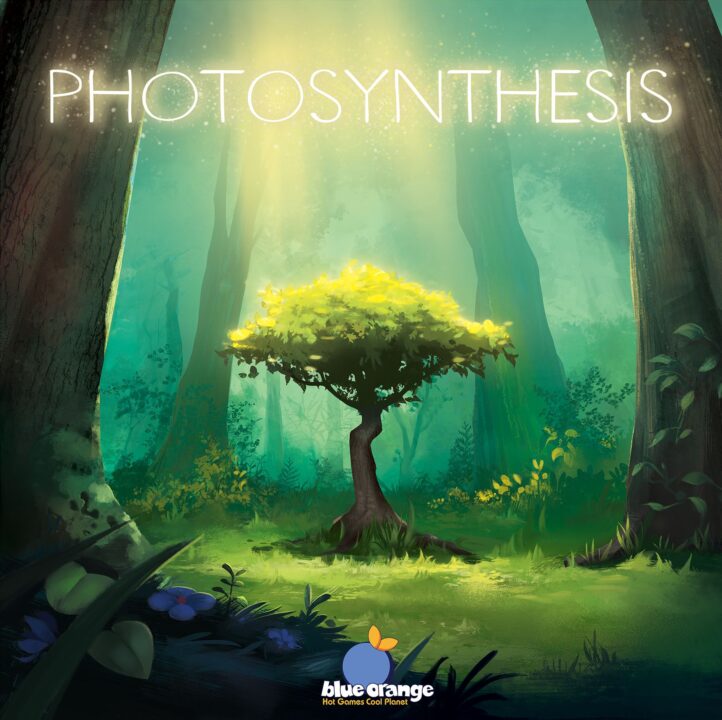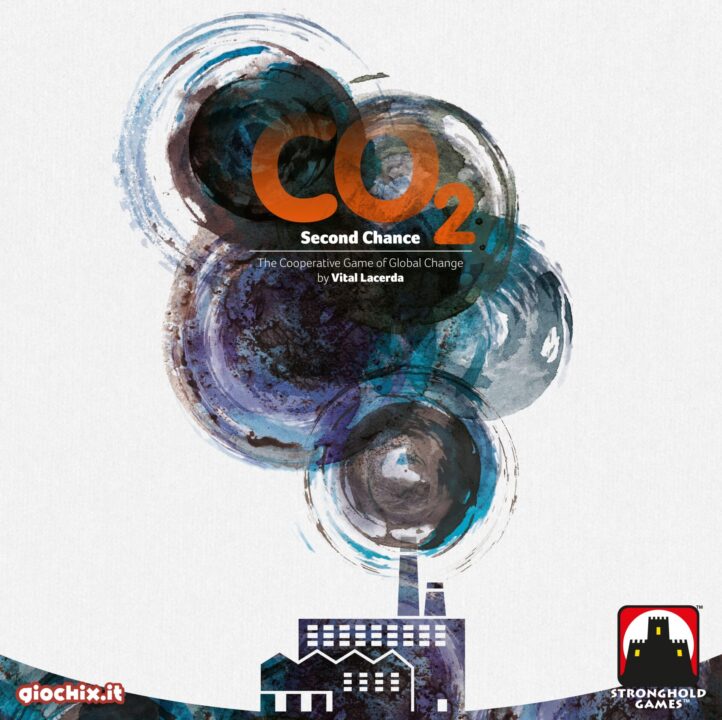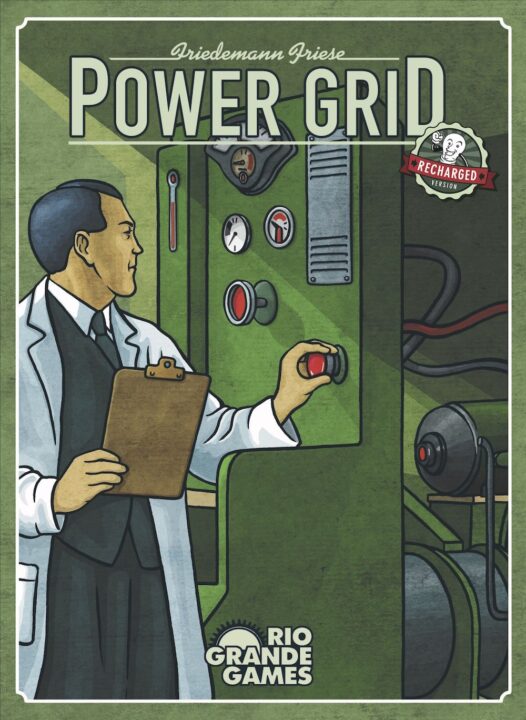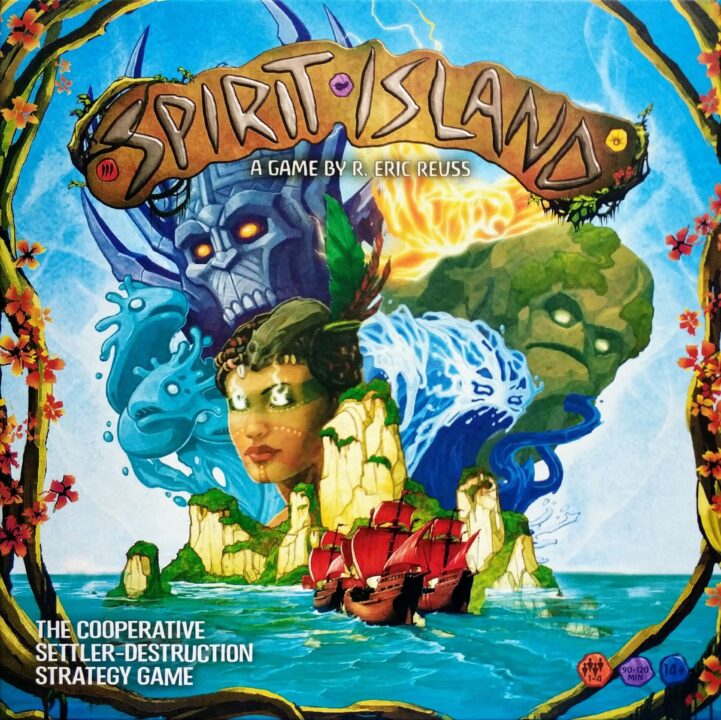Best Top 10 Environmental Law Board Games for 2024
Discovering board games promoting environmental law. We've enjoyed playing titles that educate and advocate for nature's protection through strategy.

In our quest for the top 10 board games that seamlessly weave in the theme of environmental law, we finessed our selection criteria to include not just how these games adopt environmental themes, but how they cleverly incorporate aspects of environmental law and conservation efforts into their gameplay mechanics. It’s a list curated from countless game nights and heartfelt discussions, focusing on games that challenge us to think critically about ecological balance and human impact on the environment. Expect a journey through serene forests, dynamic ecosystems, and futuristic planets, all designed to enlighten and entertain in equal measure.
Games on this list:
10 Arboretum
Though at its core Arboretum is a strategic card game about tree cultivation, it subtly fosters an appreciation for the delicate balance of ecosystems. Our firsthand experience navigating its complex choices echoed real-world environmental law principles, emphasizing preservation and strategic growth of diverse tree species. Passing around the beautifully illustrated cards, we felt a deeper connection to the importance of diversity and conservation.
9 Photosynthesis
Photosynthesis is a mesmerizing board game that mirrors the lifecycles of trees in a forest. Playing this game, we were entranced by the simulation of sunlight’s role, learning about sustainable forest management, a cornerstone in environmental law. Each round pushed us to think like environmentalists, strategizing on the most efficient ways to grow our trees while coexisting with competitors’ flora. It beautifully transforms an essenatial environmental law concept into captivating gameplay.
8 CO2: Second Chance
Diving deeply into the challenge of global warming, CO2: Second Chance forces players to grapple with the implications of industrial advancements tied to environmental degradation. Each session was a profound reminder of the importance of international cooperation in environmental law, as we juggled the need for energy production with its environmental consequences. The collaboration and negotiation elements of this game made it a standout experience for us, truly highlighting the complexity and importance of sustainable development.
7 Power Grid
Through constructing and fueling power plants, Power Grid offers a fascinating overview of energy production and its environmental ramifications. It made us reflect on how environmental law strives to balance the demand for electricity with the need to preserve our planet. Each game night became a lively discussion about the management of resources and the strategic deployment of green energy solutions various countries implement, mirroring real-world environmental statutes and policies.
6 Everdell
Everdell is a delightfully engaging game that combines resource management with civilization building in a lush forest setting. Naturally, environmental law themes seep through as players work to develop their city in harmony with nature. Our games often morphed into discussions on the delicate balance of progress and conservation, a critical aspect of environmental law. Each playthrough, it’s not just about growing your area but ensuring it agrees with the cycles of nature, reflecting legal concerns about sustainable development.
5 Pandemic: Rising Tide
Pandemic: Rising Tide is an exceptional twist on the classic Pandemic formula, confronting players with the looming threat of rising sea levels – a real-world issue that environmental law directly tackles. Playing this game, our understanding was sharpened on how infrastructure and policies must evolve to mitigate such crises. The collaborative nature of our gameplay illuminated the potential for laws and collective effort to address environmental issues, making each session a memorable flourish of teamwork and strategy.
4 Wingspan
Wingspan isn’t just a game about birds; it’s a celebration of biodiversity and the conservation efforts entwined with environmental law. Each time we played, we marveled at the variety of avian species represented and their unique habitats, sparking conversations on habitat preservation and the legal steps needed to protect these ecosystems. Wingspan effortlessly blends ornithology with gameplay in a way that educates and delights, emphasizing the importance of environmental protection through law and personal actions.
3 Terraforming Mars
In Terraforming Mars, players are tasked with making Mars habitable through strategic resource management, directly echoing the principles of corporate responsibility and sustainable development underlined in environmental law. Those lively game sessions turned into profound dialogues about the impact of industrial efforts on planetary health and the legal frameworks needed to govern such actions responsibly. It opened our minds to the critical role of environmental statutes in guiding humanity’s footprint on other worlds as well as our own.
2 Spirit Island
Spirit Island gave us the unique perspective of protecting an island’s natural resources against colonizers, challenging us to strategize conservation efforts in the face of exploitation. This immersive experience shed light on the core objectives of environmental law: to protect and preserve. The roles of spirits with different powers incited discussions about the diverse approaches to environmental protection, from direct legal action to conservation efforts.
1 Parks
Exploring America’s national parks through ‘Parks’, we were reminded of the incredible biodiversity our planet offers and the intricate legal frameworks in place to protect these treasures. This game is our top choice as it aligns perfectly with the themes of environmental law by emphasizing conservation, wildlife protection, and the sheer enjoyment of natural spaces. The beautifully rendered parks and the educational aspect regarding their history and significance rekindled a deep appreciation for environmental law efforts in preserving these areas for future generations. Throughout multiple play sessions, Parks not only offered us enjoyable gameplay but also significant conversations about the role of environmental law in our everyday lives.










